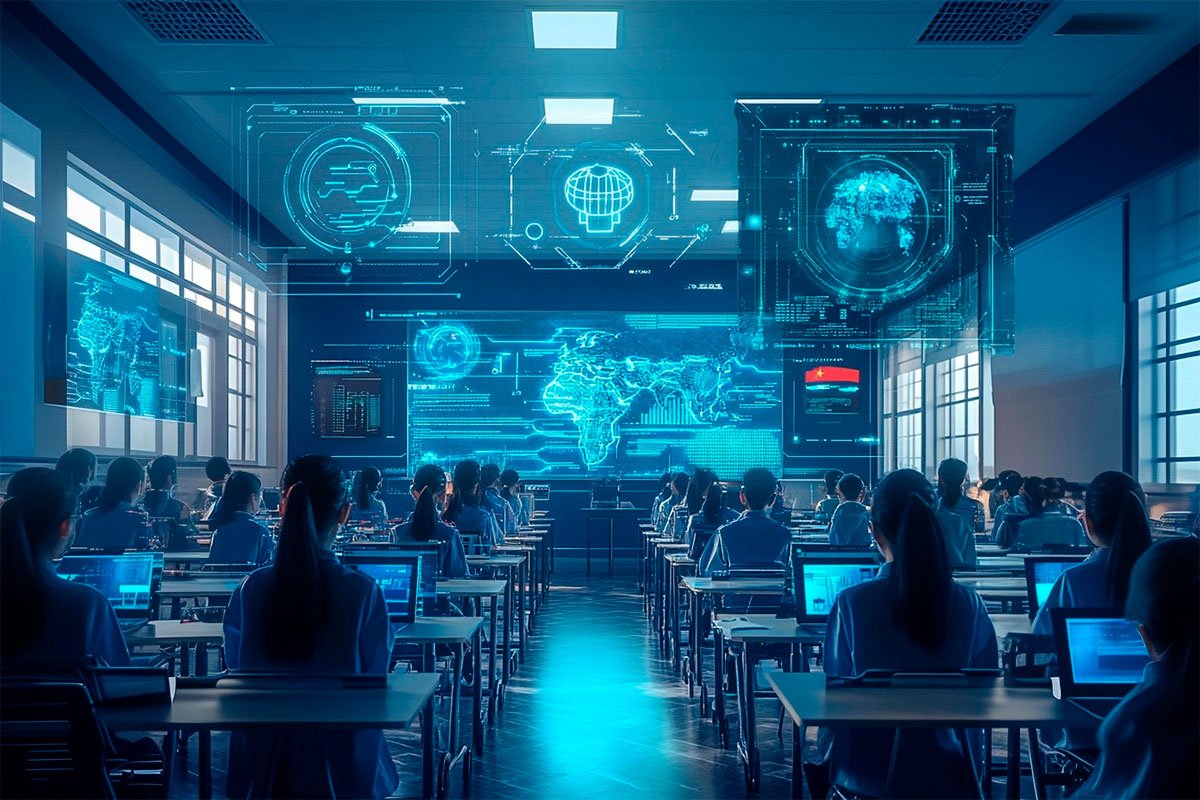
On 23 April 2025, President Donald Trump signed the “Advancing Artificial Intelligence Education for American Youth” executive order, aiming to integrate AI literacy into K-12 education across the United States. This move aligns with broader efforts to prioritise rapid AI adoption and boost competitiveness. Meanwhile, China has launched its own national AI education strategy, mandating AI instruction across all primary and secondary education levels starting from September 2025.
The Department of Education is tasked with funding teacher training, integrating AI into existing curricula, and reducing administrative workloads through automation. The “Presidential AI Challenge” encourages innovation among students and educators, while the Department of Labor develops AI-related apprenticeships to connect education with employment opportunities.
One example of innovation in practice is the rollout of AI-powered teaching assistants by Kira Learning. These systems are helping teachers across several districts, including in Tennessee, by automating grading, lesson planning, and providing personalised learning pathways for students.
China has implemented a mandatory AI education framework, requiring a minimum of eight hours of AI instruction per academic year for all K-12 students. The curriculum is adapted to different education stages: experiential learning for primary students, practical applications in middle school, and innovation-focused studies at the high school level.
An illustrative example is the use of Squirrel AI’s Intelligent Adaptive Learning System, which personalises education for each student by breaking down subjects into small knowledge points and dynamically adapting lessons based on individual performance. This system has already been deployed in thousands of schools across China.
While their approaches differ—the U.S. favouring flexibility and collaboration, and China enforcing a centralised, mandatory system—both countries recognise AI education as essential for future economic competitiveness.